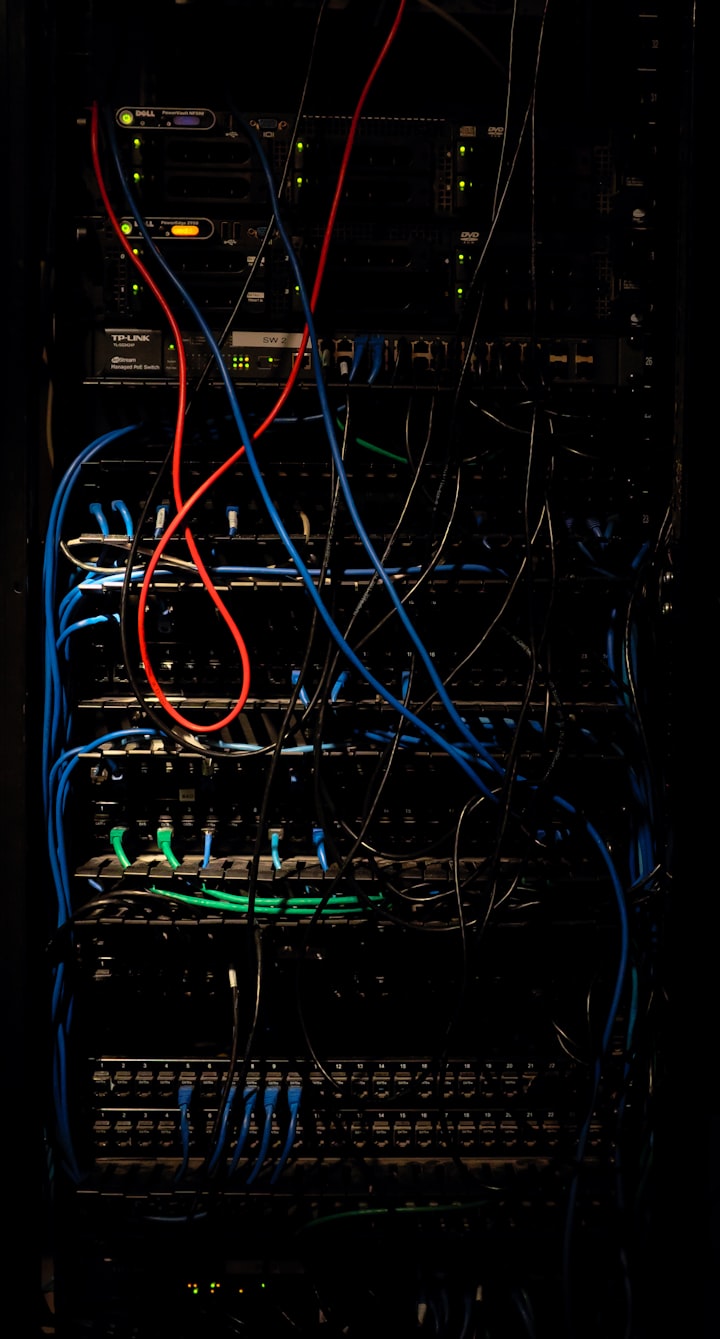The Evolution of the Web Today
Hello everyone! I hope you are as excited as I am to immerse ourselves in the fascinating world of web evolution today.

Hello everyone! I hope you are as excited as I am to immerse ourselves in the fascinating world of web evolution today. As a web developer, I have the privilege of witnessing and being part of this incredible transformation that is taking place around us.
The web has come a long way since its humble beginnings. Decades ago, the web was simply a set of interconnected documents that could only be accessed through a browser. However, today, it has evolved to become an interactive and dynamic platform, full of tools and applications that improve our daily lives.
The Evolution of the Web: A Look at its Transformation Over Time
The web has come a long way since its inception, and understanding its evolution is essential to understand how it has become what it is today. In this article, we will explore the transformation of the web over time and how our way of interacting and accessing online information has impacted.
Web 1.0: The static web
In its beginnings, the web consisted mainly of static pages that showed information in a unidirectional way. Users could access these pages for information, but there was no effective way to interact or contribute to the content. Web 1.0 was essentially a passive reading medium.
Web 2.0: The interactive web
With the advancement of web technologies, web 2.0 emerged as an interactive platform that allowed users to not only consume content, but also actively contribute and participate. The emergence of blogs, social networks and online collaboration tools was key in this transformation. Users could create and share content, comment on posts, and participate in online communities.
Web 3.0: The semantic web
The next stage in the evolution of the web is web 3.0, also known as semantic web. This phase focuses on the interpretation and understanding of the content by the machines. The idea is that computers can understand the meaning of content and provide more accurate and personalised results. The semantic web is based on technologies such as natural language processing, artificial intelligence and structured data to improve the user experience.
Web 4.0: The Smart Web
Although still in development, web 4.0 is spoken of as the next phase in the evolution of the web. This stage is characterised by the integration of the web with other devices and technologies, such as the Internet of Things (IoT), virtual and augmented reality, and advanced artificial intelligence. Web 4.0 is expected to offer a more immersive and intelligent experience, with greater interaction between humans and machines.
In summary, the web has gone through a significant evolution from its static beginnings to its current interactive and semantic state. As we move into the future, we can expect further integration of innovative technologies that will further transform our online experience. It is exciting to witness this continuous evolution and see how the web continues to impact our daily lives.
The evolution of the web stages to the present day
The Evolution of the Web Today
Today, the web has become a fundamental tool in our lives, allowing us to access information, transact and connect with people around the world. However, this powerful technology has gone through several stages of evolution since its inception. Next, we will explore the main stages of web application development until we reach its current state.
one. Web 1.0: This was the first stage of the web, also known as the « Web static ». During this period, web pages were primarily informative and users could only consume content. There was no direct interaction between users and content. Websites were created with languages like HTML and CSS, and could be browsed through hyperlinks.
2. Web 2.0: The evolution towards Web 2.0 brought with it a more interactive and participatory approach. During this stage, users began to generate and share content online. Platforms such as blogs, forums and social networks emerged, which allowed two-way communication between users and websites. In addition, AJAX technology was introduced to create more dynamic web applications.
3. Web 3.0: Web 3.0 is considered the « Semantic Web ». At this stage, machines can understand and process website content more accurately. This allows for smarter and more personalised navigation for users. Web 3.0 is also characterised by the integration of technologies such as artificial intelligence, machine learning and Big Data to offer better online experiences.
4. Mobile web: With the rapid advancement of mobile technology, the need arose to adapt websites for mobile devices. The mobile web focuses on offering an optimal experience on smaller screens with tactile capabilities. Responsive design techniques and mobile application development are used to ensure that users can access and use websites efficiently on their mobile devices.
5. Web 4.0: Although still in development, Web 4.0 is considered an extension of Web 3.0, where artificial intelligence plays a crucial role. Web 4.0 is expected to allow for even more natural interaction between machines and humans, with a better understanding of the context and the intentions of users. Furthermore, this stage is expected to allow for greater automation of online tasks and services.
Create your own and powerful web application with us: web app development company
About the Creator
Sparkout tech Solutions
At Sparkout tech, we help web development, mobile app development, enterprise software solutions, cloud-based systems, AI development and generative AI development, we have the expertise to handle diverse projects across various industries.






Comments
There are no comments for this story
Be the first to respond and start the conversation.